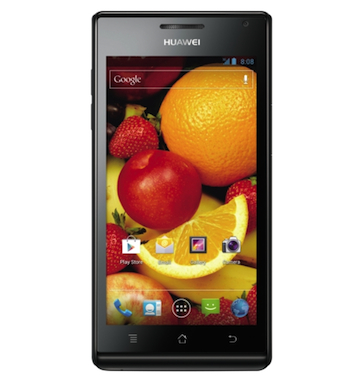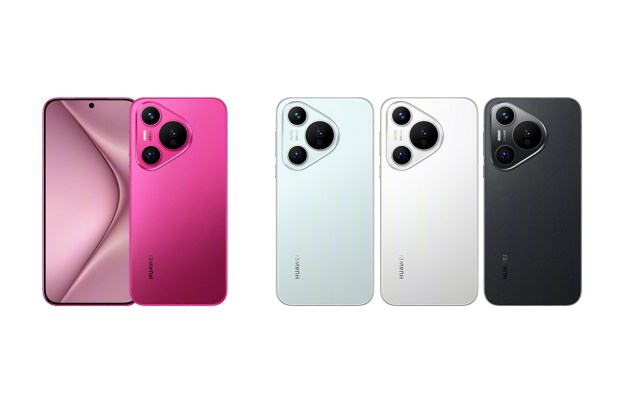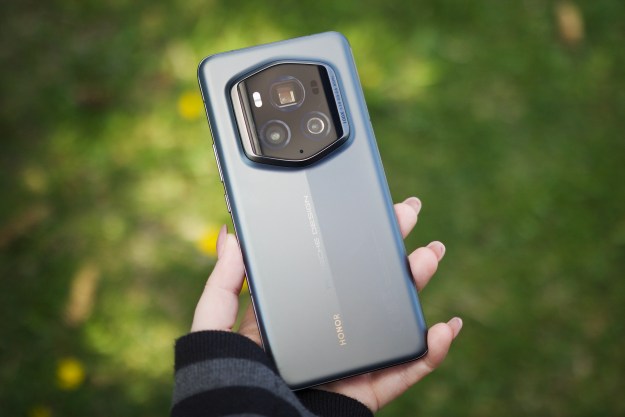 Huawei has announced it has started to sell its Ascend P1 smartphone in the U.S., but it’s hardly the Chinese firm’s newest model, as the phone has been doing the rounds elsewhere in the world throughout the year following its debut at CES 2012. That’s right, it has taken almost a year for the phone to go on sale.
Huawei has announced it has started to sell its Ascend P1 smartphone in the U.S., but it’s hardly the Chinese firm’s newest model, as the phone has been doing the rounds elsewhere in the world throughout the year following its debut at CES 2012. That’s right, it has taken almost a year for the phone to go on sale.
Surprisingly, despite its age, the specification isn’t bad. It’s equipped with a 4.3-inch Super AMOLED touchscreen which has a 960 x 540 pixel resolution, a Texas Instruments 1.5GHz dual-core processor backed up by 1GB of RAM, plus an 8-megapixel camera with dual-LED flash and 1080p video recording.
The internal storage memory is a lowly 4GB, but there is a microSD card slot ready to boost this by up to 32GB, plus the phone has Bluetooth 3.0, Wi-Fi, DLNA, Dolby Mobile 3.0 Plus, and a forward-facing video call camera lens too. The operating system is Google Android 4.0 Ice Cream Sandwich, which does give away the device’s age, but is still perfectly usable. It’s also particularly light at 110 grams and measures a mere 7.7mm thick, which puts it in the same size category as the iPhone 5.
In the UK, a 4G LTE version of the Ascend P1 is EE’s budget offering on its new high speed data network, however the U.S. version is 3G only. Huawei hasn’t managed to sign up a carrier partner with the Ascend P1, so is instead selling it SIM-free through Amazon for $450, where it comes ready to work on AT&T or T-Mobile’s GSM network and with a U.S. warranty.
A few months ago, the Ascend P1 would have been tempting, but now it’s difficult to see who would buy this instead of a Nexus 4, which has a vastly superior specification and is $150 cheaper. You may have to be patient when trying to order one though.



